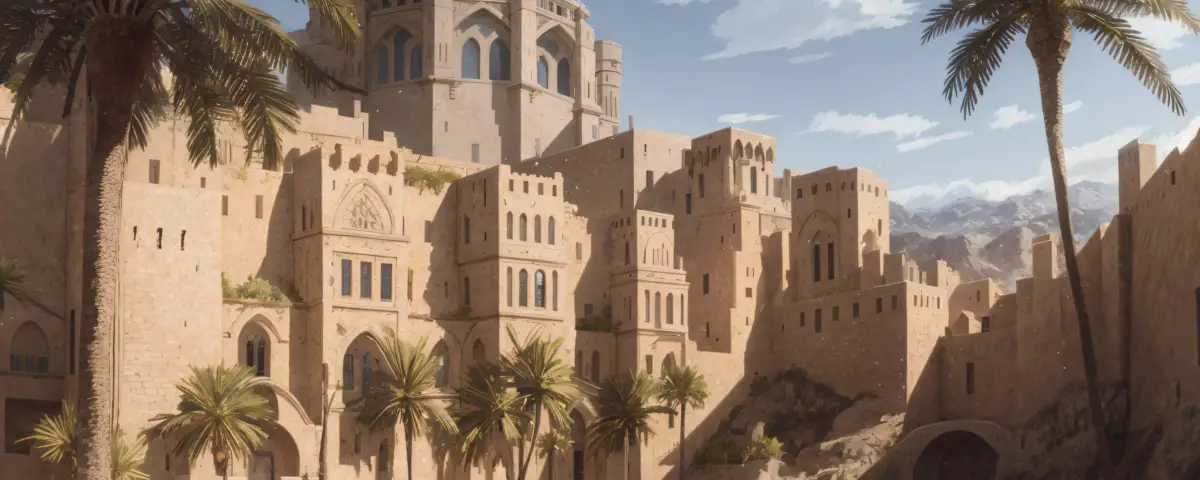50 of the best historical cities are human settlements strongly influenced by the past. They are recognisable as representing the evolution of the inhabitants. And are characterised by a physical structure that has been preserved and maintained with care. Buildings of historical value, monuments, and landmarks are all typical examples.
The cities should be inhabited and form a live cultural nucleus. The city proper is often the smallest unit and refers to the area confined within city limits. Historic landmarks are places that represent an outstanding aspect of history and culture. While historic designations refer to the recognition of the city’s historic significance and how well it has been preserved to protect its heritage.
Our Top 50 of the Best Historical Cities
| No. | City | Country | Founded |
| 1 | Alexandria | Egypt | 331 BC |
| 2 | Amsterdam | Netherlands | 12th century |
| 3 | Athens | Greece | 5th century BC |
| 4 | Bath | England | AD 60 |
| 5 | Beijing | China | 1045 BC |
| 6 | Beirut | Lebanon | 15th century BC |
| 7 | Berlin | Germany | 13th century |
| 8 | Bruges | Belgium | 9th century |
| 9 | Budapest | Hungary | 1st century AD |
| 10 | Cairo | Egypt | 969 AD |
| 11 | Chiang Mai | Thailand | 1296 AD |
| 12 | Cologne | Germany | 38 BC |
| 13 | Cordoba | Spain | 152 BC |
| 14 | Cuzco | Peru | 1100 BC |
| 15 | Dubrovnik | Croatia | 7th century |
| 16 | Edinburgh | Scotland | 12th century |
| 17 | Florence | Italy | 59 BC |
| 18 | Granada | Spain | 711 AD |
| 19 | Hamburg | Germany | 808 AD |
| 20 | Hanoi | Vietnam | 1010 AD |
| 21 | Hong Kong | China | 1842 AD |
| 22 | Istanbul | Turkey | 660 AD |
| 23 | Jakarta | Indonesia | 2800 BC |
| 24 | Jerusalem | Israel | 2800 BC |
| 25 | Kiev | Ukraine | 482 AD |
| 26 | Krakow | Poland | 7th century |
| 27 | Kyoto | Japan | 794 AD |
| 28 | London | England | 43 AD |
| 29 | Malacca | Malaysia | 1400 AD |
| 30 | Moscow | Russia | 1147 AD |
| 31 | Mumbai | India | 12th century |
| 32 | New Delhi | India | 1911 AD |
| 33 | Paris | France | 3rd century BC |
| 34 | Phnom Penh | Cambodia | 1434 AD |
| 35 | Prague | Czech Republic | 7th century |
| 36 | Riga | Latvia | 753 BC |
| 37 | Rome | Italy | 753 BC |
| 38 | Rothenburg of der Tauber | Germany | 1170 AD |
| 39 | Salzburg | Austria | 7th century |
| 40 | Segovia | Spain | Before 6th century |
| 41 | Seville | Spain | 8th century |
| 42 | Shiraz | Iran | 4th millennium BC |
| 43 | St. Petersburg | Russia | 1703 AD |
| 44 | Thebes | Egypt | 1400 BC |
| 45 | Tokyo | Japan | 1457 AD |
| 46 | Toledo | Spain | Before 2nd century |
| 47 | Venice | Italy | 421 AD |
| 48 | Vienna | Austria | 1st century AD |
| 49 | Vilnius | Lithuania | 1323 AD |
| 50 | York | England | 71 AD |
Historical Cities that are UNESCO World Heritage Sites
There are many historical cities in the world designated as UNESCO World Heritage sites. As new sites are added it’s a good idea to check the latest information on the official UNESCO website or other reliable sources. Here are 9 examples of historical cities that were UNESCO World Heritage sites as of 2022 (8 of them feature on our list of 50):
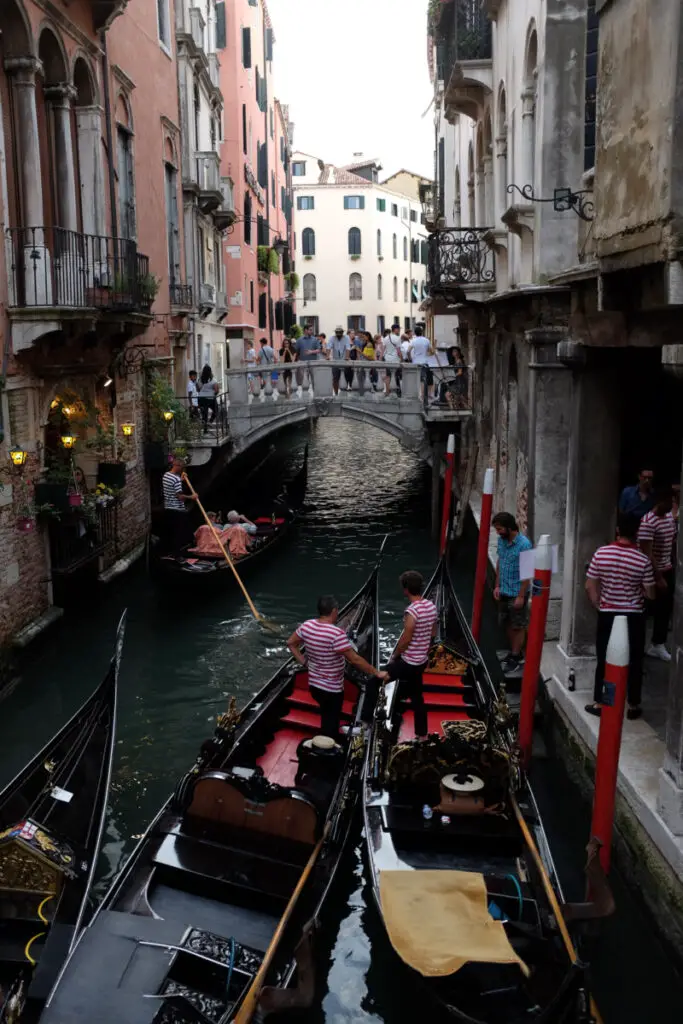
Venice, Italy: Known for its unique architecture and canals, Venice was inscribed as a World Heritage site in 1987.
Prague, Czech Republic: The historic centre of Prague, including the Prague Castle, was designated a World Heritage site in 1992.
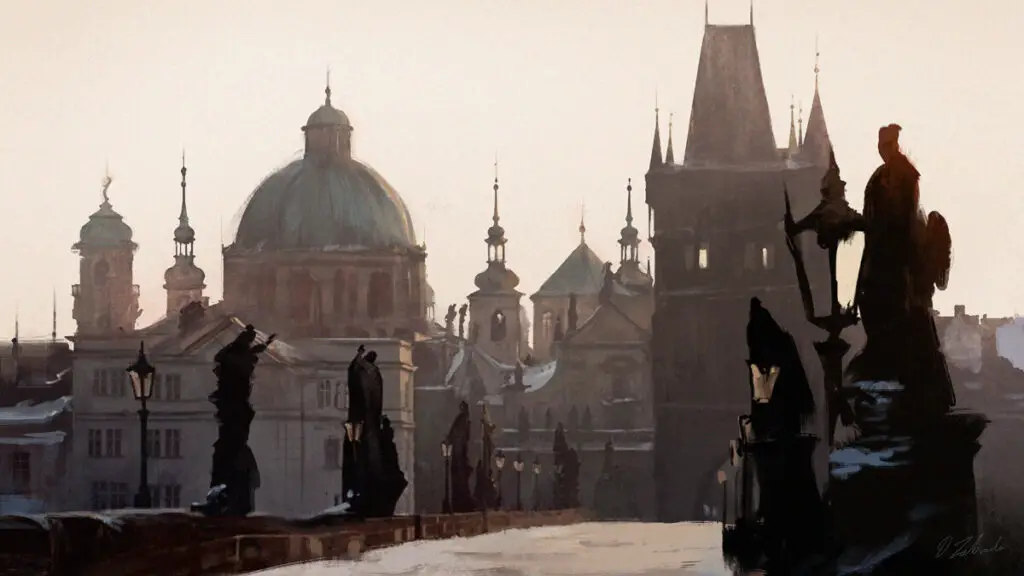
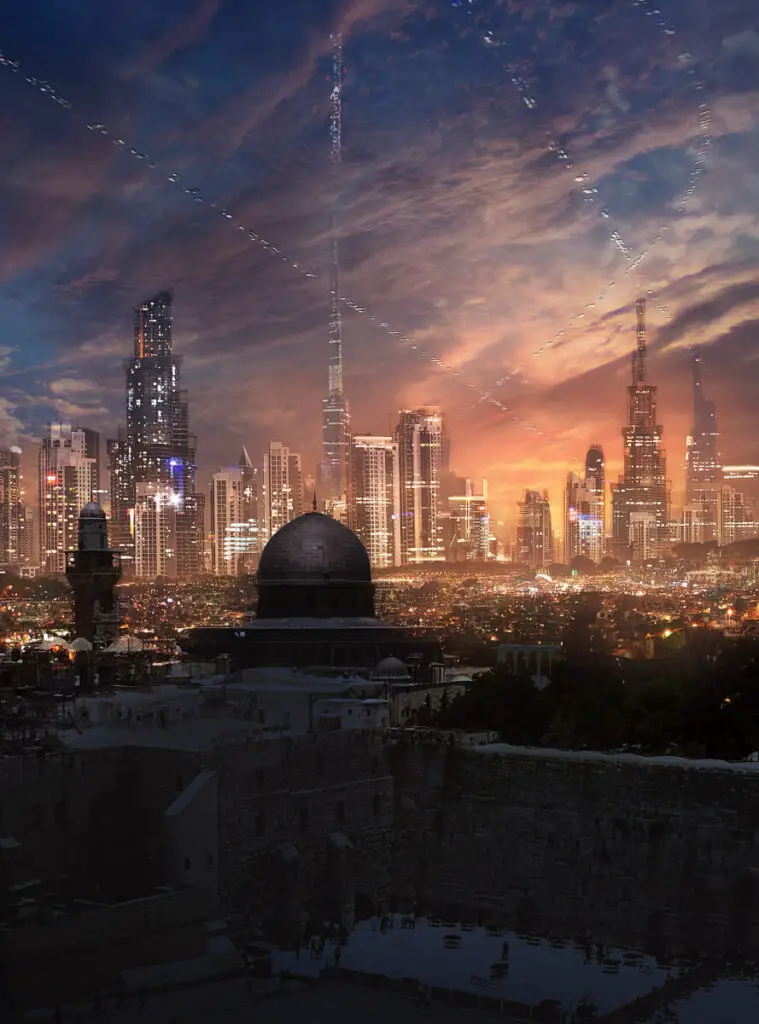
Jerusalem, Israel: The Old City of Jerusalem and its walls were inscribed as a World Heritage site in 1981.
Dubrovnik, Croatia: The Old City of Dubrovnik, known for its well-preserved medieval architecture, became a World Heritage site in 1979.
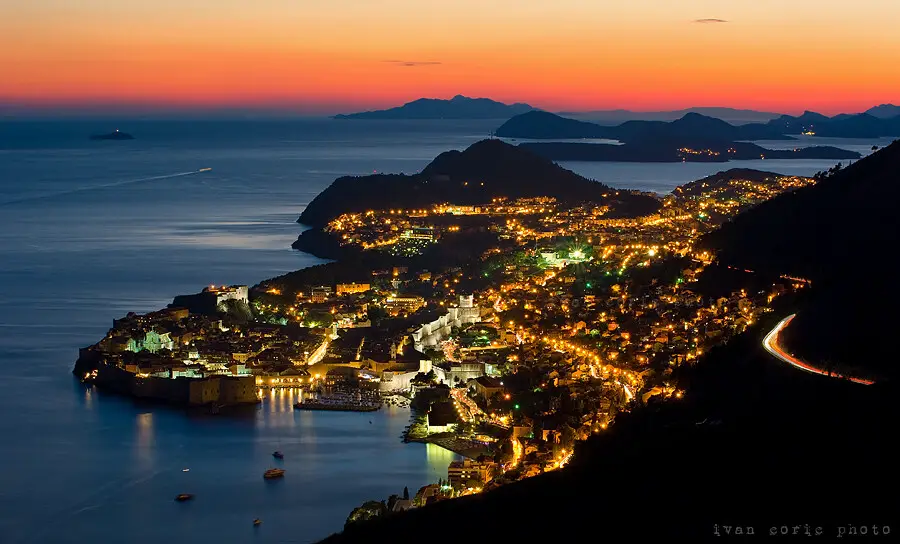
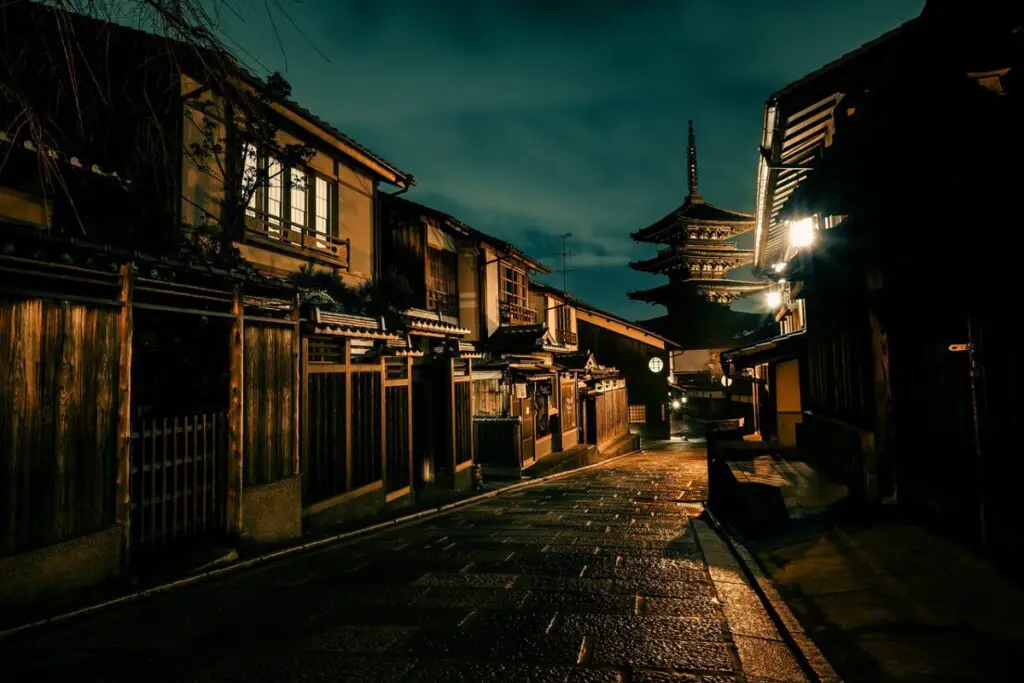
Kyoto, Japan: Kyoto’s historic monuments, including temples, shrines, and gardens, were designated as a World Heritage site in 1994.
Salzburg, Austria: The historic center of Salzburg, birthplace of Wolfgang Amadeus Mozart, was inscribed in 1996.
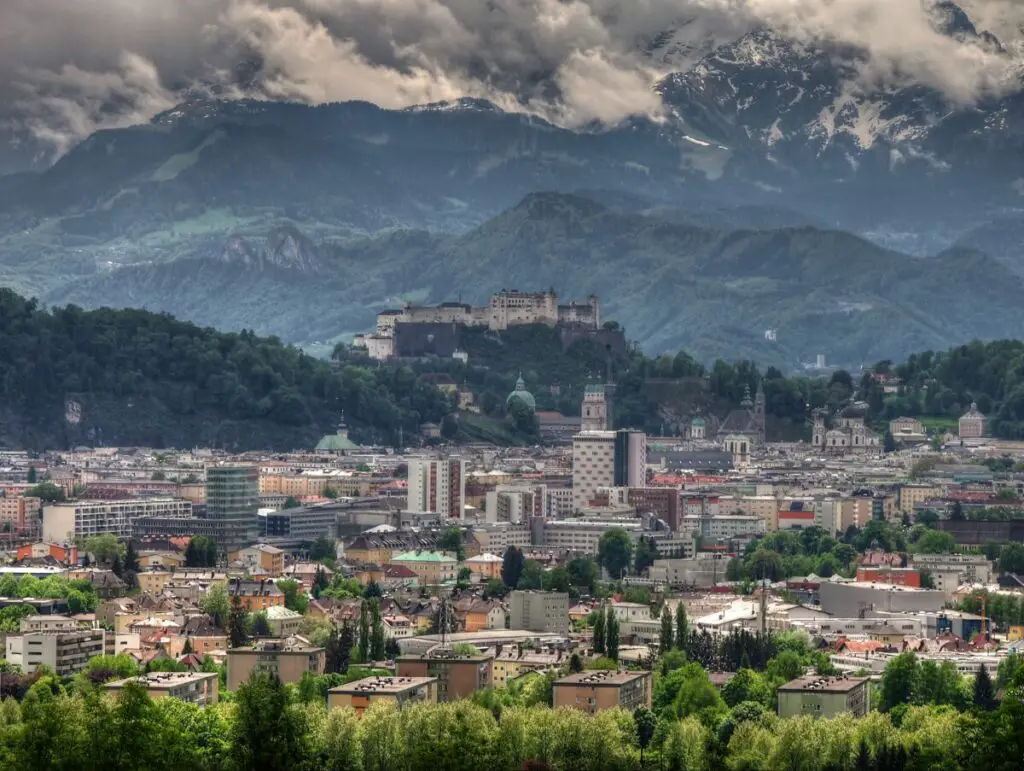
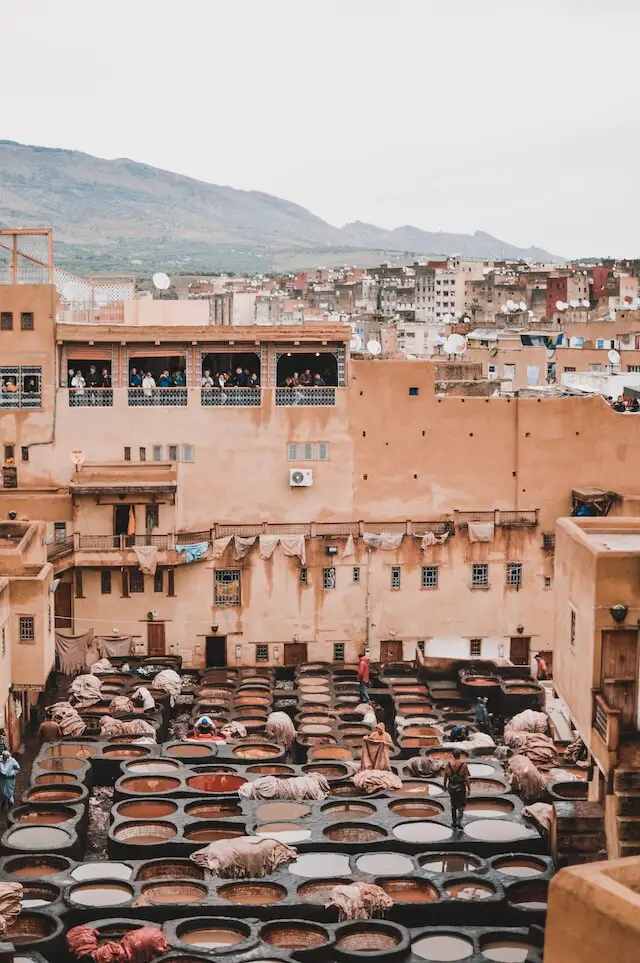
Fez, Morocco: The Medina of Fez, a well-preserved medieval city, became a World Heritage site in 1981.
Krakow, Poland: The historic center of Krakow, including the Wawel Castle and the Old Town, was added to the list in 1978.
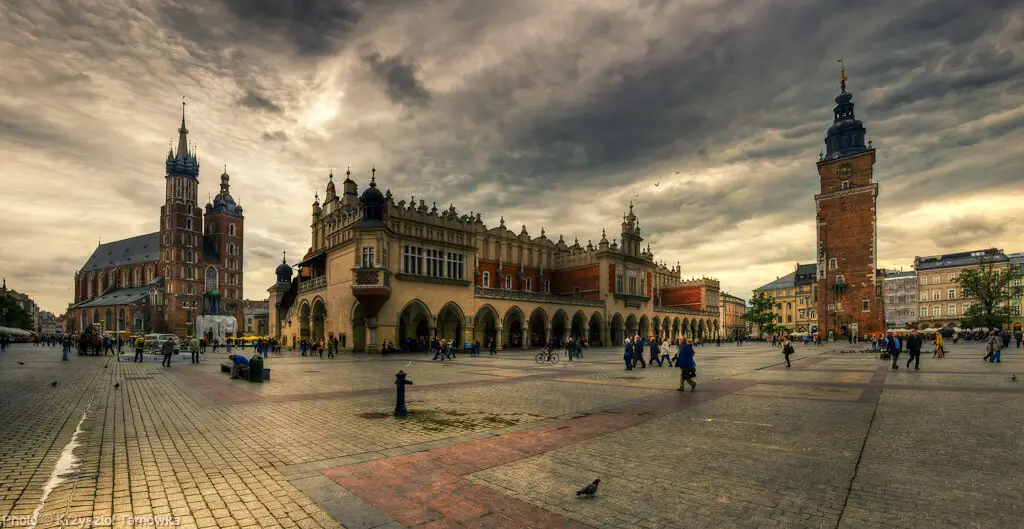
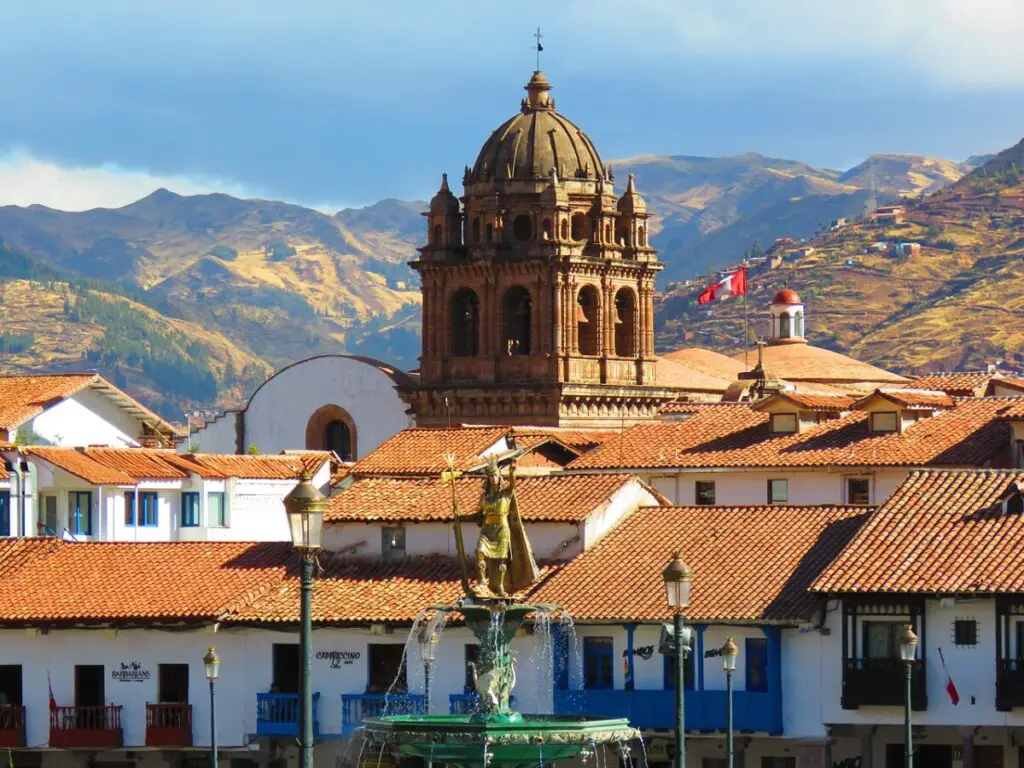
Cusco, Peru: Cusco, the historic capital of the Inca Empire, was inscribed as a World Heritage site in 1983.
Tthe status of World Heritage sites may change over time due to conservation efforts and potential threats to the sites.
How Historical Cities around the World have Evolved
Historical cities have evolved over time. People usually settled in areas where the land was fertile and provided access to water and edible vegetation. Places where crops could be grown and animals could be raised, so food was plentiful.
As societies developed, cities became centres of:
- trade,
- commerce, and
- culture.
Industrialisation
Industrialisation meant cities grew rapidly as people migrated from rural areas to urban centres in search of work. This led to the development of infrastructure. Roads, bridges, and public transportation supported growing populations.
Urbanisation
Urbanisation of ancient cities has created problems of overcrowding, pollution, and traffic congestion. To accomodate the population growth, many cities have implemented sustainable development plans by adding:
- green spaces,
- bike lanes, and
- public transportation systems.
Additionally, many cities have recognised the importance of preserving their historical landmarks and cultural heritage. They have implemented measures to protect these important sites.
The Culture of Historical Cities
The culture of historical cities is defined by a combination of factors, including their:
- unique history,
- architecture,
- art,
- music,
- literature, and
- cuisine.
These elements are often intertwined and influenced by the city’s geography, climate, and local customs. Historical cities have distinct cultural identities that have evolved over centuries, and are reflected in their festivals, traditions, and celebrations. They also tend to have a cosmopolitan population, with people from different backgrounds and ethnicities contributing to the city’s cultural tapestry.
In many old cities, cultural institutions such as museums, galleries, and theatres play a significant role in preserving and promoting the city’s cultural heritage. The culture of the cities is often closely tied to the city’s economy, with different industries playing a significant role in shaping the city’s identity, such as:
- tourism,
- hospitality, and
- the arts.
Learn from 50 of the Best Historical Cities
The best historical cities offer valuable insights into the past and provide us with a better understanding of how societies have evolved over time. By studying them we can learn about the architectural styles, urban planning, and engineering techniques used in different time periods. We can also gain a deeper understanding of the social and economic structures that shaped these cities, such as the role of trade, religion, and politics.
Furthermore, historical cities have unique cultural traditions and artistic expressions that can inspire creativity and innovation in contemporary society. By preserving and protecting cities, we can ensure that future generations can learn from these valuable cultural resources.
There are many ways to learn from historical cities.
Urban Planning and Design
Layout and Structure: Analyse the city’s layout and structure. Understand how streets, buildings, and public spaces were designed to meet the needs of the community.
Functionality: Examine the functionality of different areas within the city, such as residential, commercial, and religious zones. Explore how these zones were interconnected.
Architectural Evolution
Building Styles: Trace the evolution of architectural styles over time. Understand the materials, construction techniques, and aesthetics employed in different periods.
Landmarks: Explore iconic landmarks and their significance. Investigate how they were integrated into the overall urban fabric.
Cultural and Social Dynamics
Social Spaces: Identify public spaces and their role in fostering community interaction. Observe how social dynamics, rituals, and events were integrated into the urban environment.
Cultural Diversity: Examine evidence of cultural diversity within the city. Understand how different communities coexisted and influenced each other.
Technological Advancements
Infrastructure: Study the city’s infrastructure, including water supply systems, sewage, and transportation. Analyse how technological advancements were incorporated to enhance urban living.
Innovations: Identify any technological innovations that were unique to the historical city and contributed to its development.
Economic Practices
Trade and Commerce: Explore the economic activities that drove the city’s prosperity. Investigate trade routes, marketplaces, and economic hubs.
Craftsmanship: Examine the role of craftsmanship and industries in the city. Understand how specialised skills and trades contributed to the local economy.
Environmental Sustainability
Natural Elements: Consider how historical cities used natural elements like water bodies, forests, and topography. Assess their approach to sustainability and resource management.
Adaptation to Climate: Study how cities adapted to local climate conditions and natural challenges.
Lessons for Modern Urban Planning
Adaptation of Ideas: Explore ways in which historical urban planning concepts can be adapted to modern cities.
Avoiding Mistakes: Identify mistakes or challenges faced by historical cities that can be avoided or mitigated in contemporary urban planning.
Preservation and Conservation
Heritage Preservation: Understand the importance of preserving historical sites and buildings for future generations.
Adaptive Reuse: Explore examples of adaptive reuse where historical structures are repurposed for modern needs.
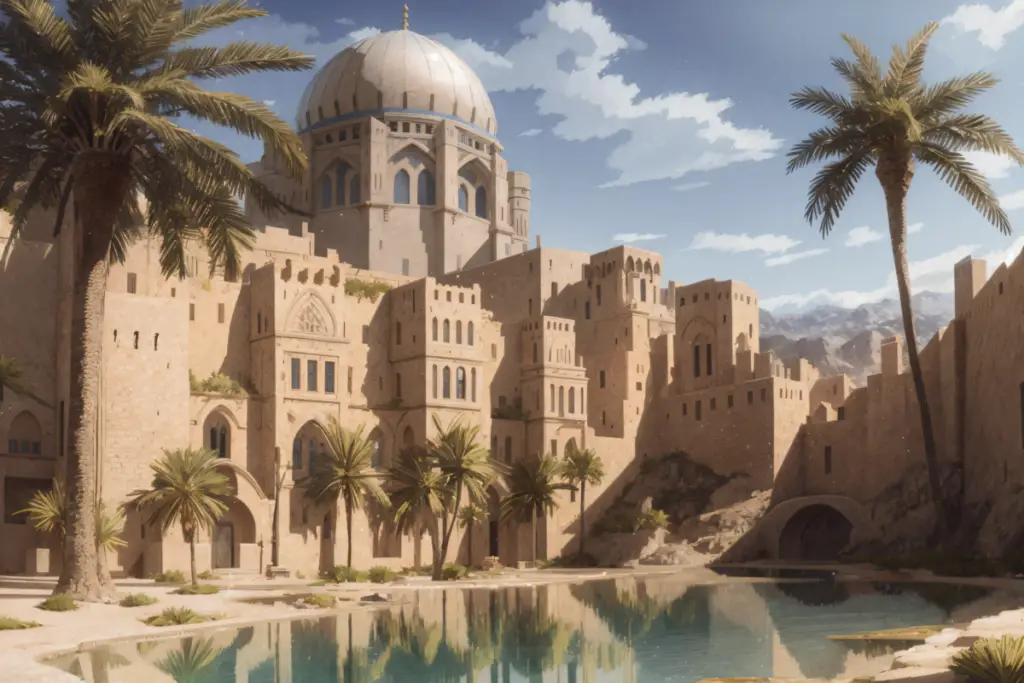
Takeaway
Learning from historical cities involves a multidisciplinary approach, incorporating aspects of archaeology, architecture, anthropology, history, and urban studies. It provides a rich source of knowledge that can inform contemporary urban planning and development.
Why Historical Cities are Popular Travel Destinations?
Historical cities are popular travel destinations for several reasons. Here are 6 that come to mind without digging too deep.
- They offer visitors a chance to experience the unique culture, history, and architecture of a particular place.
- These special cities often have iconic landmarks, museums, and cultural institutions that are significant to both locals and tourists.
- Historical cities usually have a vibrant tourism industry, with a wide range of accommodations, restaurants, and activities available for visitors.
- Many of them have a well-preserved city centre or old district that offers a glimpse into the past. These captivating areas may have cobblestone streets, charming architecture, and a lively atmosphere that attracts visitors.
- Historical cities usually have a rich culinary heritage, with local dishes and traditional cuisine unique to the region.
- They often have a sense of nostalgia and romance that appeals to travelers seeking a break from the fast-paced modern world.

Takeaway
Overall, historical cities offer visitors a chance to step back in time and experience the unique culture and heritage of a particular place.
Frequently Asked Questions
Why is Rome considered one of the best historical cities?
Rome is often hailed as one of the best historical cities due to its ancient ruins, including the Colosseum, Roman Forum, and Pantheon. It was the heart of the Roman Empire and played a crucial role in shaping Western civilisation.
Which historical city is known for its ancient Acropolis?
Athens, the capital of Greece, is renowned for its ancient Acropolis, a UNESCO World Heritage site. The Parthenon, Erechtheion, and Propylaea are iconic structures that showcase the city’s historical and cultural importance.
What makes Kyoto stand out as a historical city?
Kyoto, Japan, is celebrated for its well-preserved traditional architecture, historic temples, and beautiful gardens. It served as the imperial capital for over a thousand years and is a captivating blend of modern and ancient Japan.
Why is Istanbul considered a unique historical city?
Istanbul, straddling two continents, has a fascinating history as the capital of the Byzantine and Ottoman Empires. The Hagia Sophia, Topkapi Palace, and Blue Mosque are among its historical treasures, reflecting its diverse cultural and architectural heritage.
Why not Join Us
If you enjoyed this article, we would like to offer you two gifts – our Starter Pack of 4 James King’s books and our Weekly Digest, which you can receive by email.

